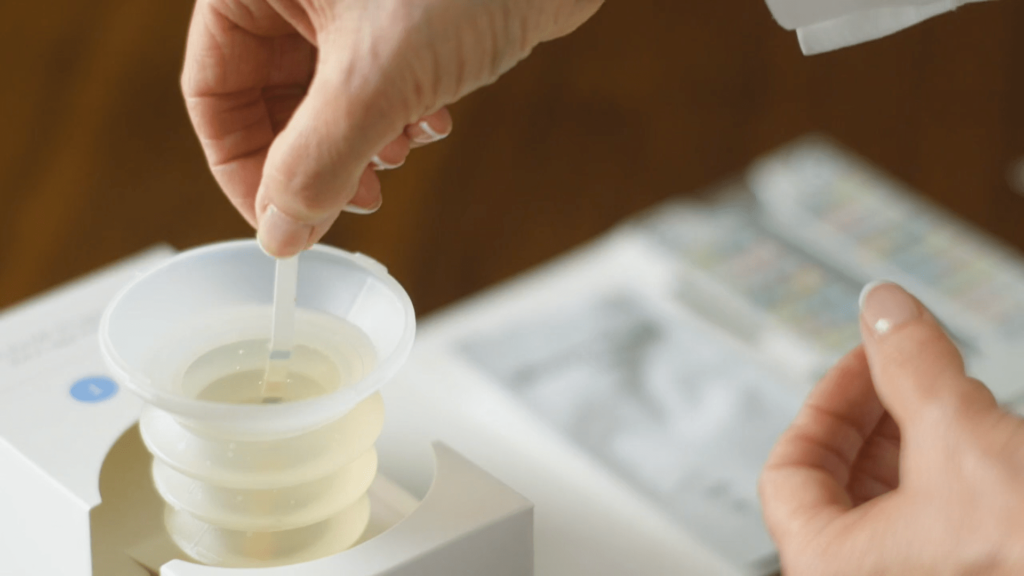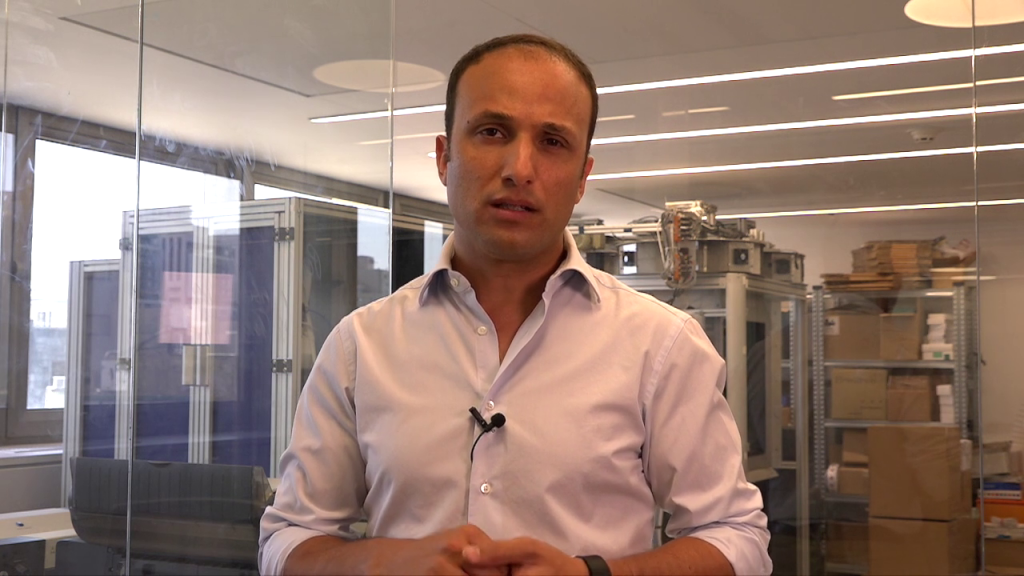This article was originally published in Fierce Healthcare.
Beyond the pain and suffering inflicted by COVID-19 around the world, the pandemic has also disrupted many fields of medicine not directly related to the virus. Wound care is one prominent example.
Chronic wounds affect millions of Americans, and treatment costs $25 billion annually. As was the case with many other chronic conditions that tend to affect the elderly and immunosuppressed, in the early months of the pandemic, people with wounds often chose to shelter in place. Nora Sammon, a Wound Ostomy Specialist Manager at Mount Sinai/St. Luke’s in New York City, told me that COVID-19 had caused a remarkably large influx of deep injuries.
Chronic wounds require regular cleaning and care to stand any chance of healing. Nora and her team of nurses spent the weeks that followed the easing of lockdown measures treating wounds that had been neglected for months.
Even at the height of the pandemic, wound nurses still had their hands full. Although her hospital began exclusively treating COVID-19 patients, “the number of wound patients was totally off the charts,” Nora told me. Due to proning—lying patients on their stomach to improve oxygenation—many patients developed pressure ulcers, even in uncommon places such as the face and knees.
The nature of the pandemic meant that the already difficult work performed by wound specialists became even more complicated. “It’s very challenging to treat wounds while covered head-to-toe in personal protective equipment,” Nora said. “Wearing PPE means you can’t smell a wound, which is a big part of identifying infection.” Many nurses had themselves been infected or exposed to COVID-19, and were replaced by temporary “traveler” nurses. “It was a whirlwind,” she added.
Click here to read the rest of this article at Fierce Healthcare.






